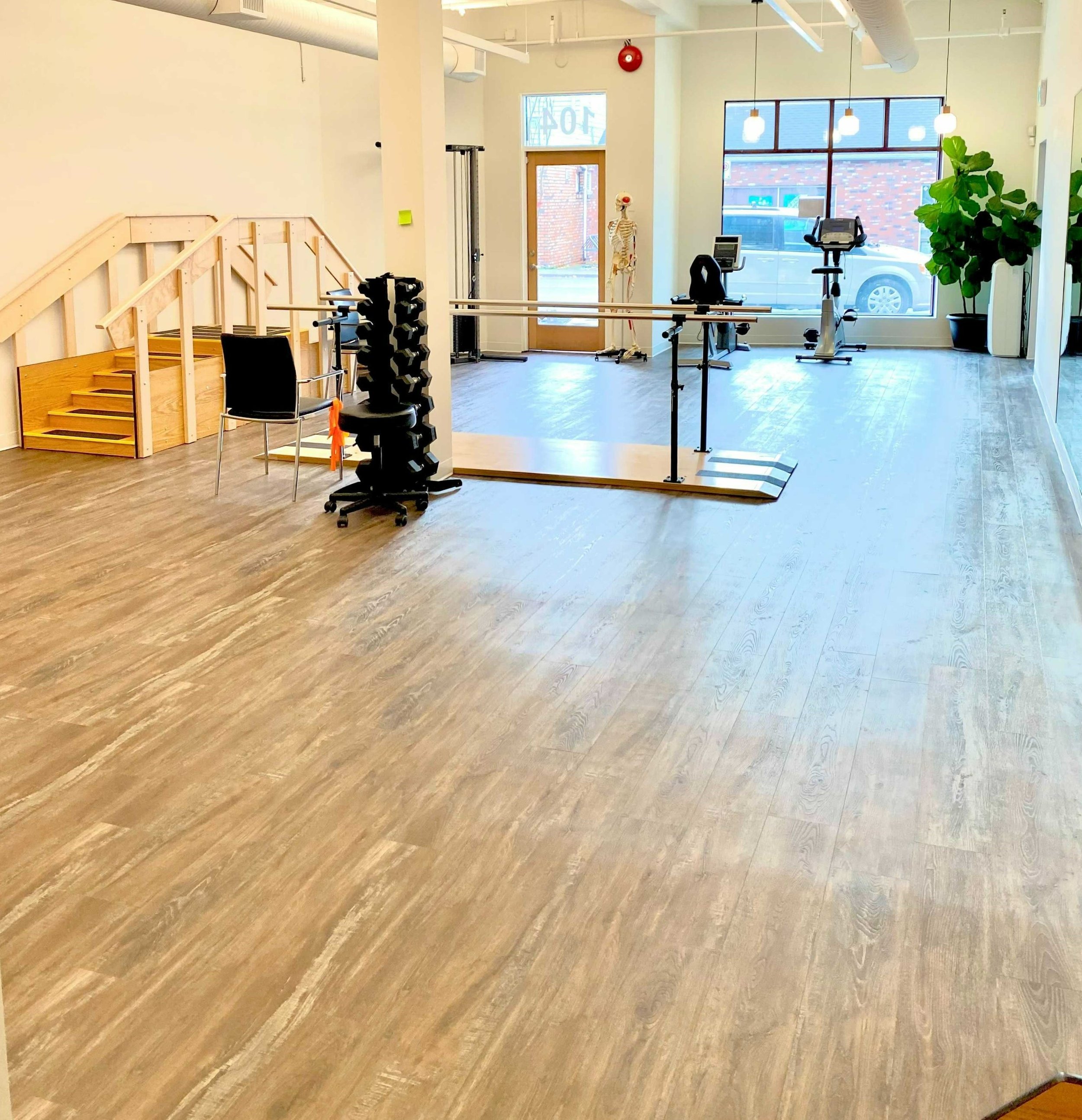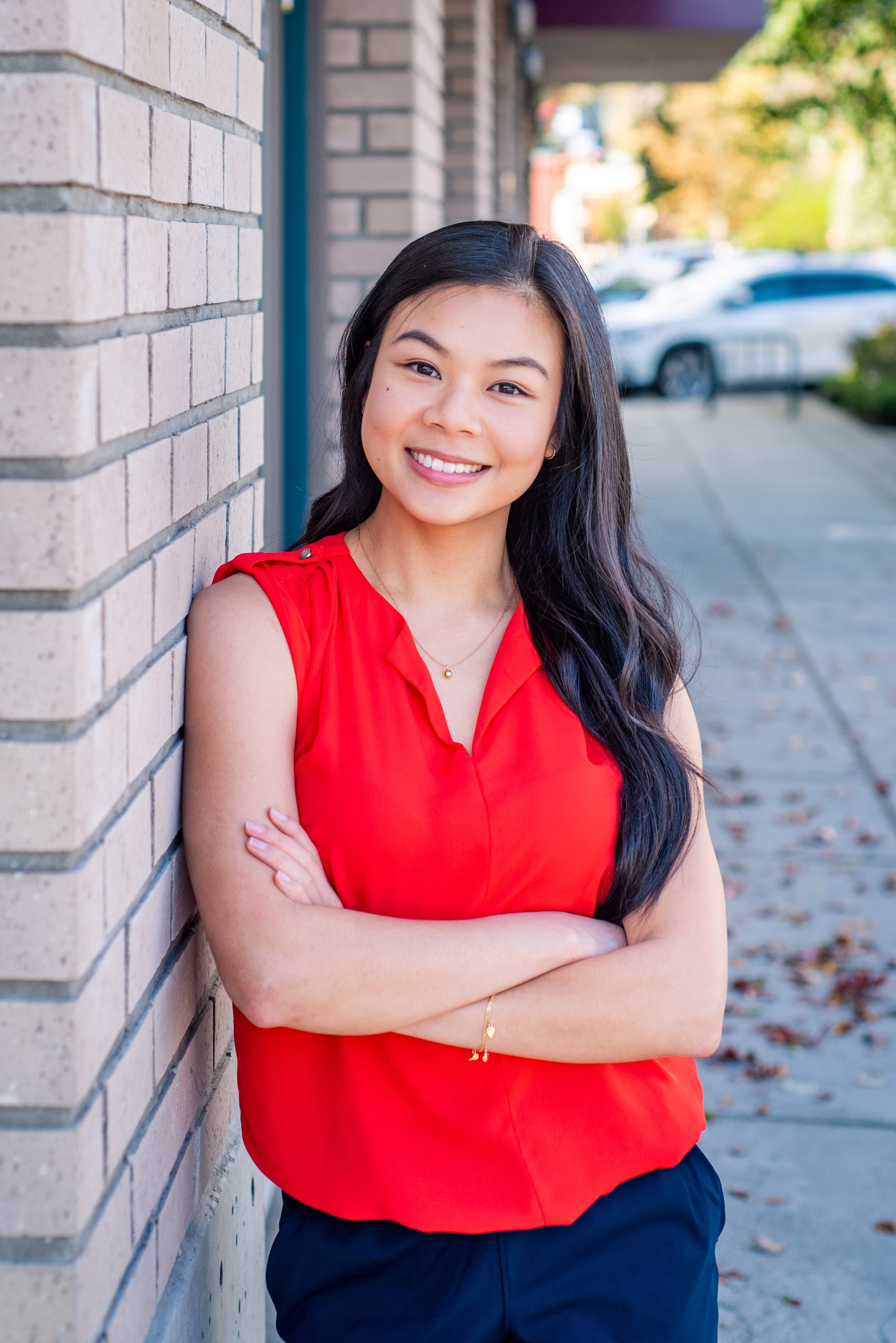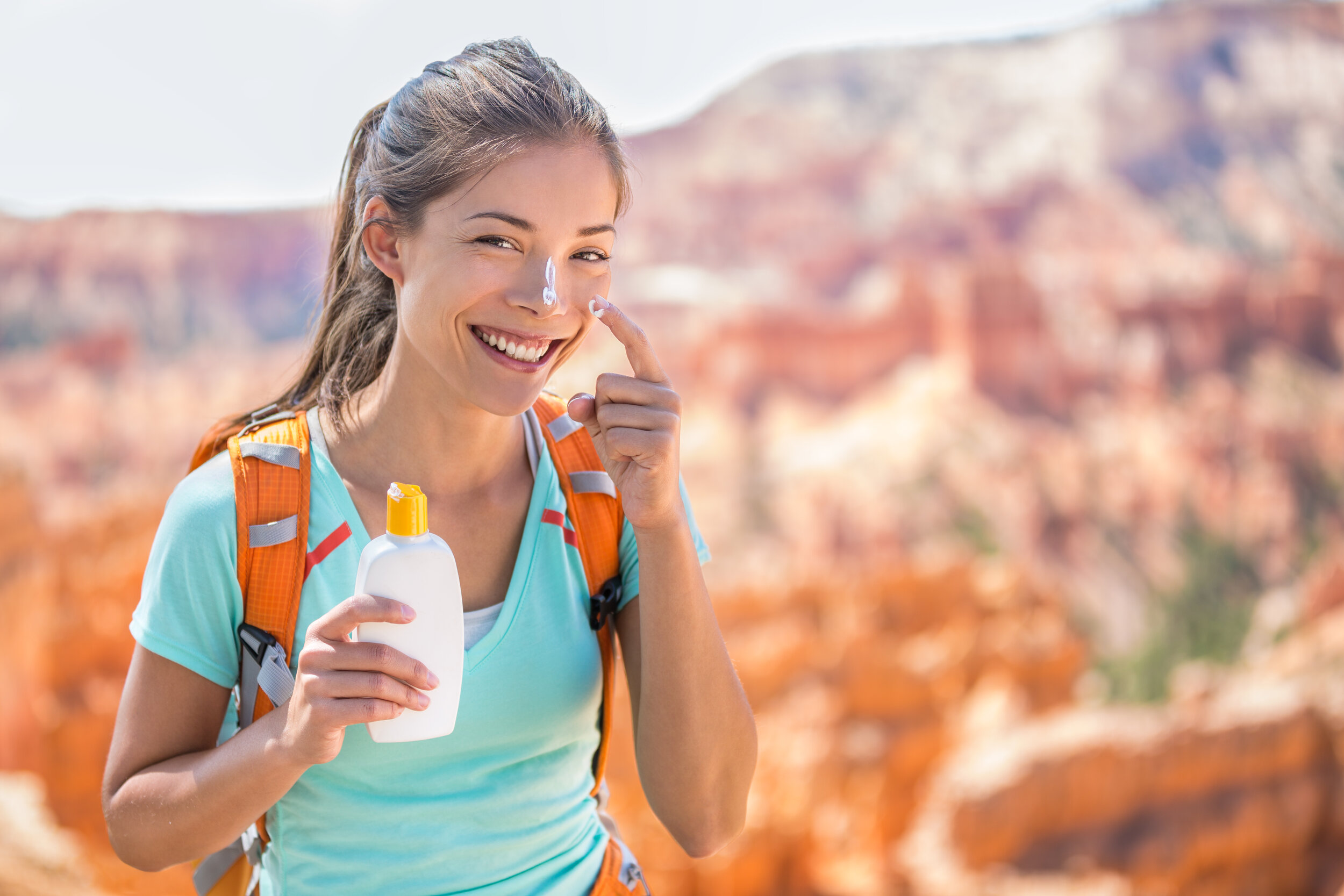We are so happy to introduce one of our newest additions to the team, Gabrielle De Winter! Gabrielle (pronounced GABE-ree-ELLE) is a registered massage therapist, graduating valedictorian of her class from the West Coast College of Massage Therapy in 2017. Learn more about Gabrielle below!
What is something totally random that people won’t know about you? I LOVE panda bears!
When did you decide you wanted to be an RMT? Oh that’s a complicated one. I thought about it when I was 17 years old and visited the school. At the time I didn’t feel ready for all the touching of strangers! I knew that I wanted to eventually, though.
Which sports are you into? Basketball, martial arts, swimming, rock climbing and archery.
Where did you grow up? I grew up in Richmond, BC.
What is your favourite orthopaedic condition to treat? Tension headaches!
What makes you happiest? Simple things like finishing a long hike, drinking a warm drink by the fire, or holding the hand of a loved one.
LIGHTNING ROUND!!!!!
Cats or dogs? Dogs
Favourite food? Fresh steamed mussels in a white wine and cream sauce with a fresh baguette.
Favourite dessert: Pie, any and every type (except for cow pies)
Favourite Junk food: Green Tea Pocky or Cream Dill kettle chips (I can’t decide)
Beach or mountains: Beach
Favourite colour: Peach
Favourite music: Experimental Rock/ Rock Electronica (think Radiohead, Björk, Portishead)
Favorite day of the week? Thursday
Nickname? Gabe, Gabies, Panache, Gabriella poompe paya, Sweetie- kins and Sweetie- Pie. If you forget my name, just say , “chocolate” and I’ll turn around.
Would you rather be able to speak every language in the world or be able to talk to animals? Every language in the world.
Favorite holiday? Christmas
How long does it take you to get ready? 30 minutes
Invisibility or super strength? Super Strength
Is it wrong for a vegetarian to eat animal crackers? HAHA no
Dawn or dusk? DAWN
Do you snore? I think I do on the RARE occasion. I’m a light sleeper and I’ve woken myself up.
Place you most want to travel? Belgium
Last Halloween costume? Tiger
Favorite number? 4
Have you ever worn socks with sandals? NEVER
Would you rather cuddle with a baby panda or a baby penguin? PANDA
Would you want to live forever? Yes
What's for dinner tonight? A salad with all the nuts and bolts


































